Outlaw Representation: Censorship and Homosexuality in Twentieth-Century American Art (Ideologies of Desire)
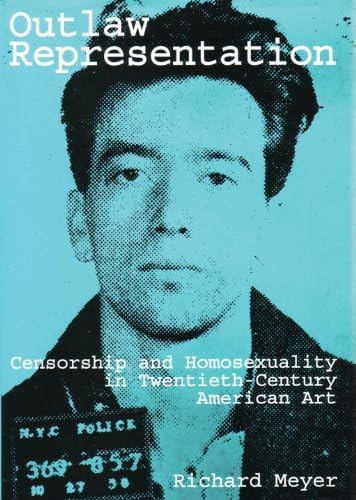
Summary
From the U.S. Navy's 1934 confiscation of a painting of sailors on shore leave to contemporary culture wars over funding for the arts, conflicts surrounding homosexuality and creative freedom have shaped the history of modern art in America. Richard Meyer's Outlaws Representation tells the charged story of this strife through pioneering analysis of the works of gay artists and the circumstances under which these works have been attacked, suppressed, or censored outright. Focusing on the careers of Paul Cadmus, Andy Warhol, Robert Mapplethorpe, David Wojnarowicz, Gran Fury, and Holly Hughes, Outlaw Representation explores how gay artists responded to the threat of censorship by producing their own "outlaw representations" of homosexuality. Instead of acquiescing to attacks on their work as indecent or obscene, these artists used the outlaw status of homosexuality to propose new forms of social, sexual, and creative life.
Similar Books
-
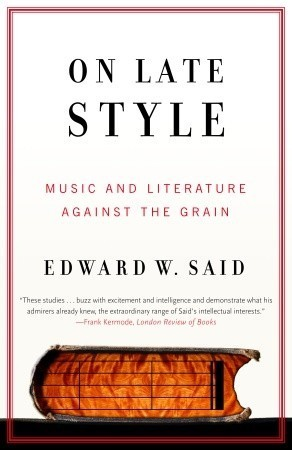 On Late Style: Music and Literature Against the Grain
On Late Style: Music and Literature Against the Grainby Edward W. Said
-
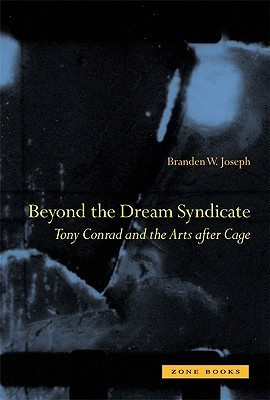 Beyond the Dream Syndicate: Tony Conrad and the Arts after Cage
Beyond the Dream Syndicate: Tony Conrad and the Arts after Cageby Branden W. Joseph
-
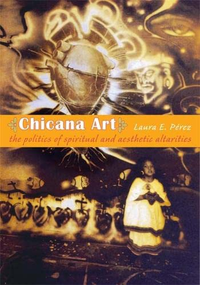 Chicana Art: The Politics of Spiritual and Aesthetic Altarities
Chicana Art: The Politics of Spiritual and Aesthetic Altaritiesby Laura E. Pérez
-
 The Queer Afterlife of Vaslav Nijinsky
The Queer Afterlife of Vaslav Nijinskyby Kevin Kopelson
-
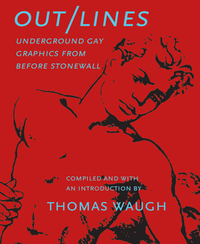 Out/Lines: Gay Underground Erotic Graphics From Before Stonewall
Out/Lines: Gay Underground Erotic Graphics From Before Stonewallby Thomas Waugh
-

-
 Tom Sachs
Tom Sachsby Malcolm Gladwell
-
 Without Boundary
Without Boundaryby Homi Bhabha
-
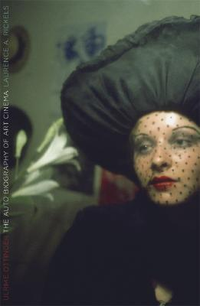 Ulrike Ottinger
Ulrike Ottingerby Rickels
-
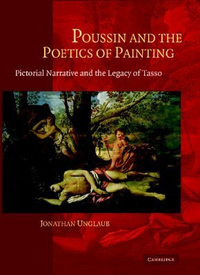 Poussin and the Poetics of Painting: Pictorial Narrative and the Legacy of Tasso
Poussin and the Poetics of Painting: Pictorial Narrative and the Legacy of Tassoby Jonathan Unglaub
-
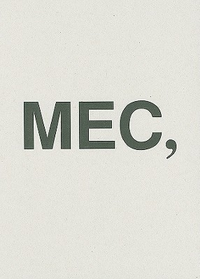
-
 Too Beautiful to Picture: Zeuxis, Myth, and Mimesis
Too Beautiful to Picture: Zeuxis, Myth, and Mimesisby Elizabeth C. Mansfield